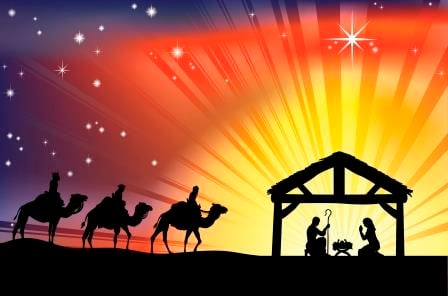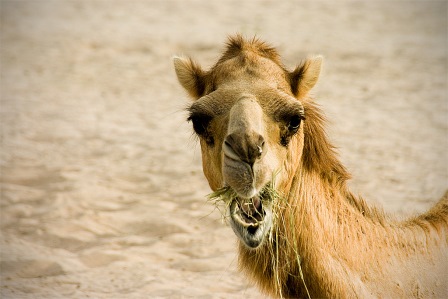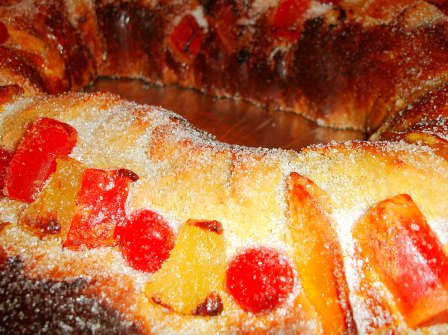Your Guide to Celebrating Three Kings Day in Mexico
Mexico has a culture steeped in strong Catholic traditions where holidays like Christmas and Easter tend to be taken very seriously. Mexicans also love a good celebration, which can mean not taking down your Christmas decorations until you absolutely have to (sometime in March is probably okay), and going all out when following those yearly customs. Christmas may come and go in Mexico, but that doesn’t mean the celebrations are over yet! Three Kings Day (or ‘Día de Los Reyes Magos’ in Spanish) falls on January 6th every year and is a hugely anticipated holiday. If you’re planning on spending some time from the mark of the new year and beyond in Mexico, check out these tips to help you celebrate like a local!

Photo via Flickr
Santa Who?
If you’re read up on our Christmas lore, you know that there were three magi who brought gifts of gold, frankincense and myrrh to baby Jesus after he was born. In Mexican tradition, the wise men arrived on the twelfth day of Christmas to deliver the presents; hence Three Kings Day falls on January 6th. Santa doesn’t bear the same weight in Mexico that he does in the U.S. – in fact, it’s believed the magi bring gifts to children all across the nation, therefore prolonging the delightful gift-giving aspect of the holiday season!

Photo via Flickr
Camel Where?
When Three Kings Day rolls around, some families follow the custom of leaving a box of grass or hay and a bowl of water out. These snacks are for the three magis’ camels (surely carrying those three all around Mexico dolling out gifts would make even the most sturdy of camels hungry) and, since camels are known to be a bit sloppy, children can follow the trail of hay to find their gifts. Look at it as a similar tradition to leaving milk and cookies out for Santa.
Magi How?
In the days leading up to ‘El Día De Los Reyes Magos’, you’ll probably run into these three in various parts of whatever city you’re in. That’s because men will dress up as the three kings and pose for photos with children in parks, town squares, and shopping centres. Maybe it’s a good chance to tell them what you’d like to get as a gift for Three Kings Day too!

Photo via Flickr
Rosca What?
One of the great traditions of ‘El Día De Los Reyes Magos’ is the famed Rosca de Reyes (King’s Cake). This fruity delight is circular in shape to represent a king’s crown and is meant to be shared with friends and family. Somewhere in the cake a small effigy of baby Jesus is hidden. Whatever you do, don’t swallow him! If baby Jesus pops up in your slice of cake, it means that you’ll be responsible for making the tamales for Día de la Candelaria (Candlemas) – a religious holiday which falls on February 2nd. Be sure to have your tamales recipe prepped and ready to go, just in case!
Munching When?
On Three Kings Day families usually get together to celebrate with a big meal. In Mexico, a huge part of the culture revolves around food and there are some particularly tasty treats which are eaten on this holiday. Pozole (red broth pork and hominy stew), buñuelos (crispy, sweet star-shaped fritters), and even tamales are consumed in huge numbers to celebrate the day. And don’t forget to wash it all down with some Mexican hot chocolate or champurrado (hot chocolate spiked with corn flour).
Brushing up on your Spanish? Check out our free Spanish placement test to see how your level measures up!
If you’re planning your trip to Mexico for this time of year and would like to give all children a chance to have a great Three Kings Day, pack a few toys that don’t require batteries in your suitcase to donate. There are usually some local organizations dedicated to helping underprivileged children enjoy the day too, or you can ask at your hotel reception about nearby toy drives. After all, giving is what the holiday season is all about, right? Other than that, remember to brush up on your Spanish and put a few extra notches in your belt, because celebrating ‘El Día De Los Reyes Magos’ in Mexico is sure to be a real cultural treat!
Does your family celebrate Three Kings Day? What are some of your traditions? Share them with us in the comments section!
